Cyclobutanol
CAS#[2919-23-5]
G-codeGEO-03202
EC number220-858-1
Molecular formulaC4H8O
Molecular weight72,11
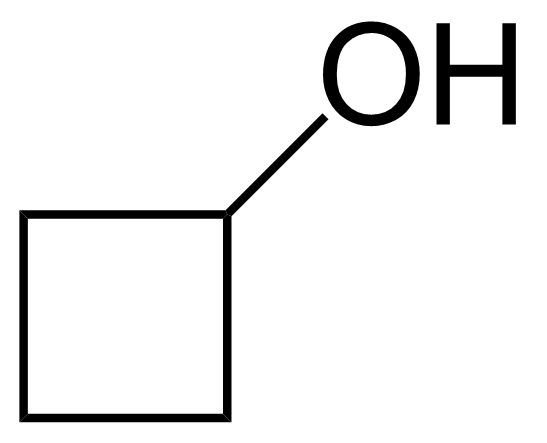
For more information or to place an inquiry, please email us to
georganics@georganics.sk or use our contact form
Regulatory Information
This product has not been classified.
Product categorization
Main category
Second level
Description
Cyclobutanol is a useful chemical compound with a variety of research applications. We are pleased to offer high quality Cyclobutanol in various sizes (for research, pilot-scale, or production applications) from milligrams to multi-kilogram batches, making it easy for you to choose the right amount to suit your needs.
Cyclobutanol is a valuable reagent in synthetic chemistry. It was used in the preparation of tripeptide derivative as potent ACE inhibitor…
Show full descriptionGeneral description of Cyclobutanol:
Cyclobutanol, or cyclobutyl alcohol or hydroxycyclobutane [2919-23-5] is an organic compound belonging to the class of alcohols. It is a colorless liquid with the boiling point of 122-124 °C.[1] Cyclobutanol and its vapors are highly flammable. It is only partially miscible in water, and readily soluble in common organic solvents. It can be prepared from cyclopropanemethanol by refluxing with aqueous hydrochlorid acid. Crude product is purified by distillation from 3-buten-1-ol as byproduct.[1] Another convenient option for the preparation is the reduction of cyclobutanone with lithium aluminium hydride.[2] Cyclobutanone can be prepared by the reaction of diazomethane with ketene in diethyl ether.[3]Application:
Cyclobutanol is a valuable reagent in synthetic chemistry. It was used in the preparation of tripeptide derivative as potent ACE inhibitor.[4] 1-Arylsubstituted cyclobutanols undergo silver-catalyzed ring opening forming the open-chain alkyl radical which can be either trapped by SelectFluor to furnish γ-fluorinated ketones.[5] The reaction without extrinsic radical scavenger gives the 1-tetralones via intramolecular cyclization.[6] Cyclobutanol ring expansion to 1-tetralones can be induced also electrochemically.[7] Alkenyl cyclobutanols can be used in catalyst-free selenylation/semipinacol rearrangement cascades to furnish β-selenylated cyclopentanones.[8]Product categorization (Chemical groups):
Main category: Second level: ______________________________________________________________________________________ [1] J. Salaün, A. Fadel Org. Synth. 1986, 64, 50. [2] J. D. Roberts, Ch. W. Sauer J. Am. Chem. Soc. 1949, 71, 3925. [3] P. Lipp, R. Köster Ber. Dtsch. Chem. Ges. 1931, 64, 2823. [4] T. Sawayama, M. Tsukamoto, T. Sasagawa, K. Nishimura, T. Defgughi, K. Takeyama, K. Hosoki Chem. Pharm. Bull. 1990, 38, 110. [5] H. Zhao, X. Fan, J. Yu, Ch. Z. J. Am. Chem. Soc. 2015, 137, 3490. [6] J. Yu, H. Zhao, S. Liang, X. Bao, Ch. Zhu, Org. Biomol. Chem. 2015, 13, 7924. [7] A. Petti, P. Natho, K. Lam, P. J. Parsons Eur. J. Org. Chem. 2021, 854. [8] D. Y. Kim Synth. Commun. 2019, 49, 2203.
Similar products
| Product name | Structure | CAS# | G-code | |
|---|---|---|---|---|
| 1-Acenaphthenol | 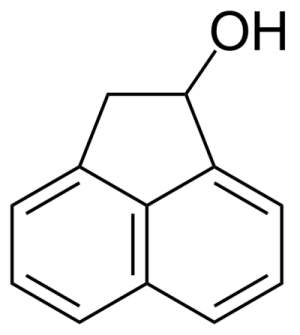 | [6306-07-6] | GEO-00001 | |
| 7-Acetamido-4-hydroxy-naphthalene-2-sulfonic acid | 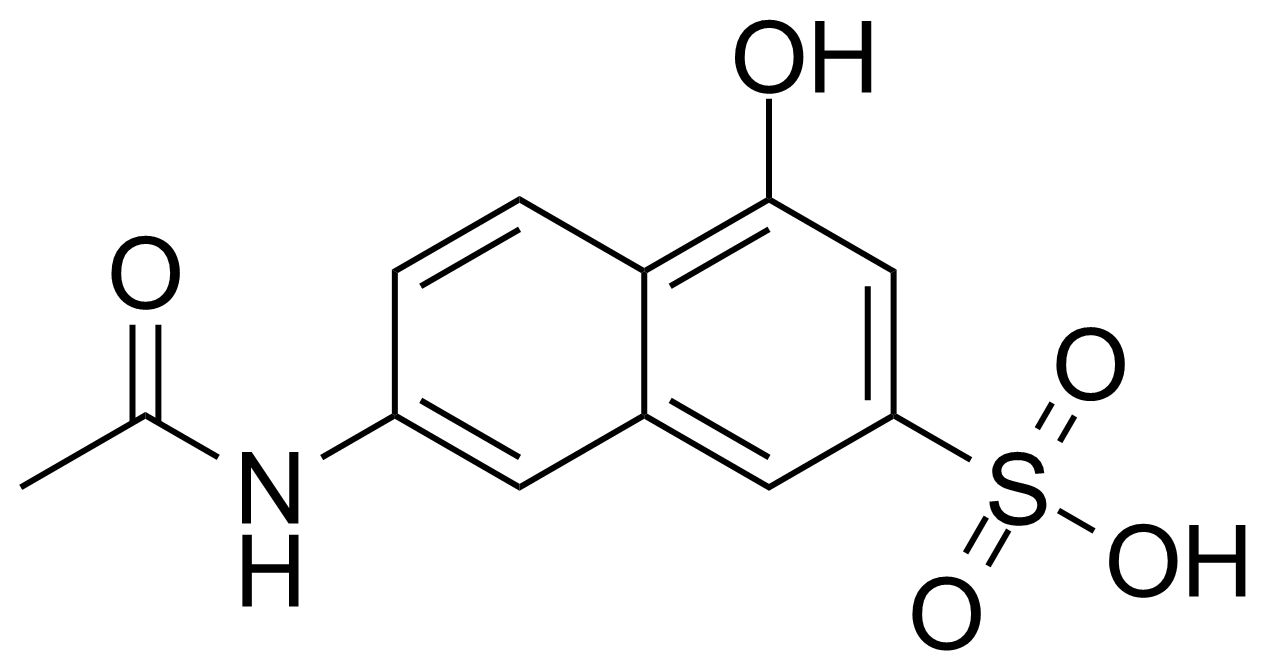 | [6334-97-0] | GEO-04013 | |
| 1-Adamantanemethanol | 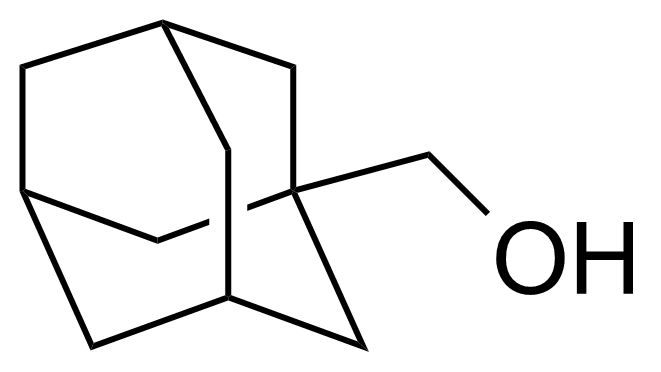 | [770-71-8] | GEO-04333 | |
| beta-D-Allopyranose | 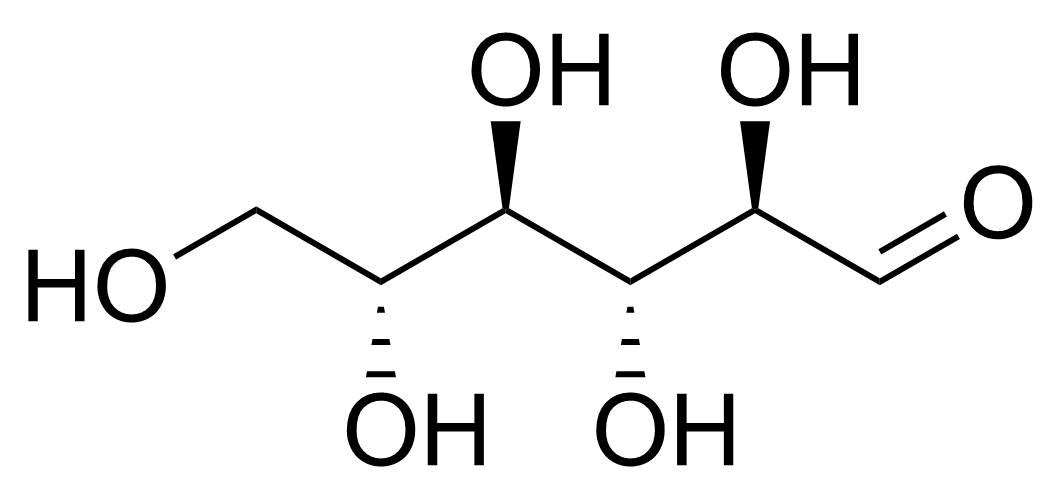 | [7283-09-2] | GEO-04660 | |
| D-Allose |  | [2595-97-3] | GEO-00057 | |
| L-Allose | 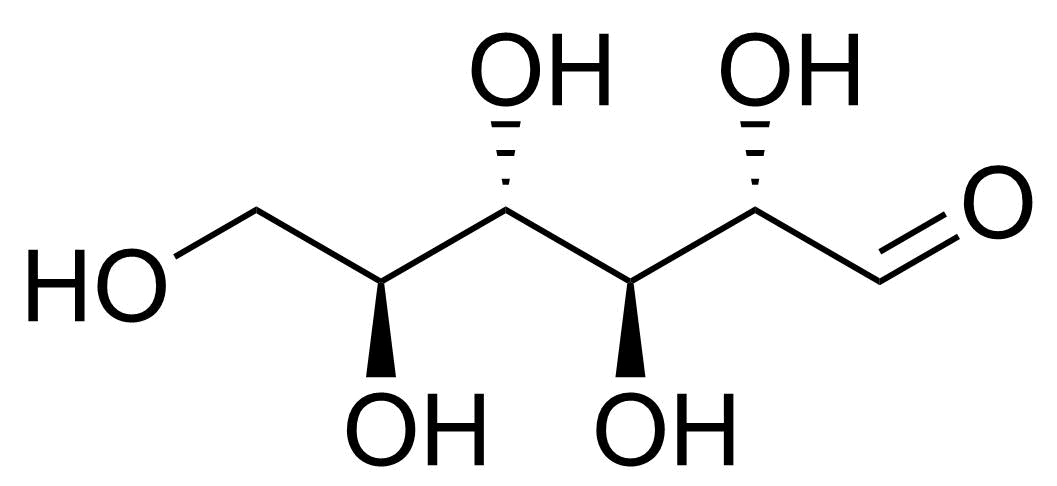 | [39392-62-6] | GEO-04661 | |
| 2-(Allyloxy)phenol |  | [1126-20-1] | GEO-04471 | |
| D-Altrose |  | [1990-29-0] | GEO-00058 | |
| L-Altrose | 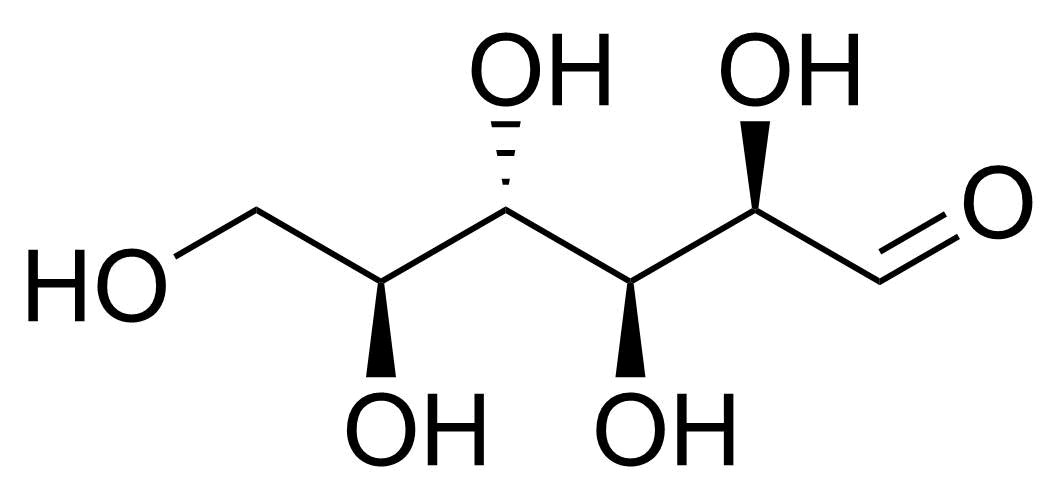 | [1949-88-8] | GEO-04662 | |
| (2R,4S)-2-Amino-4-cyclohexyl-4-hydroxybutanoic acid | 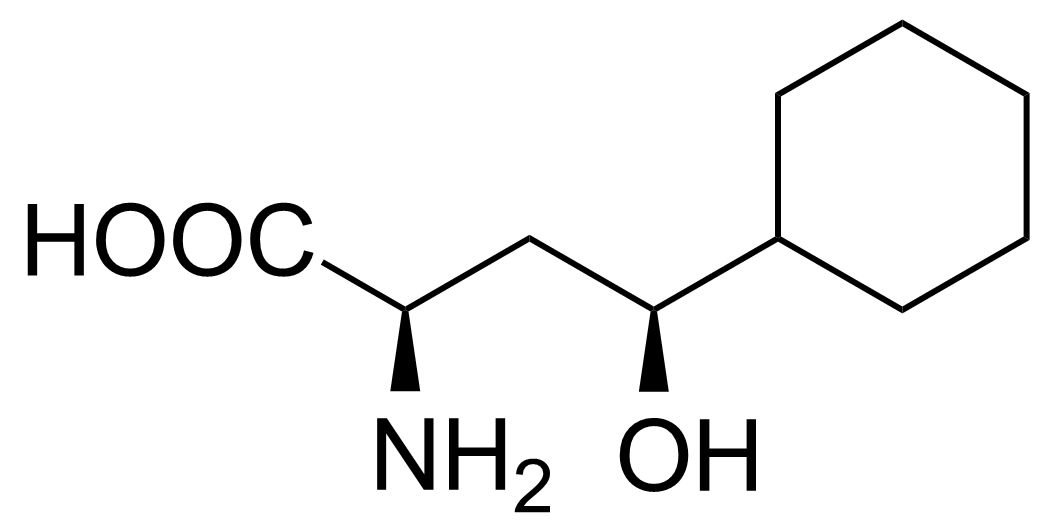 | [] | GEO-02717 |